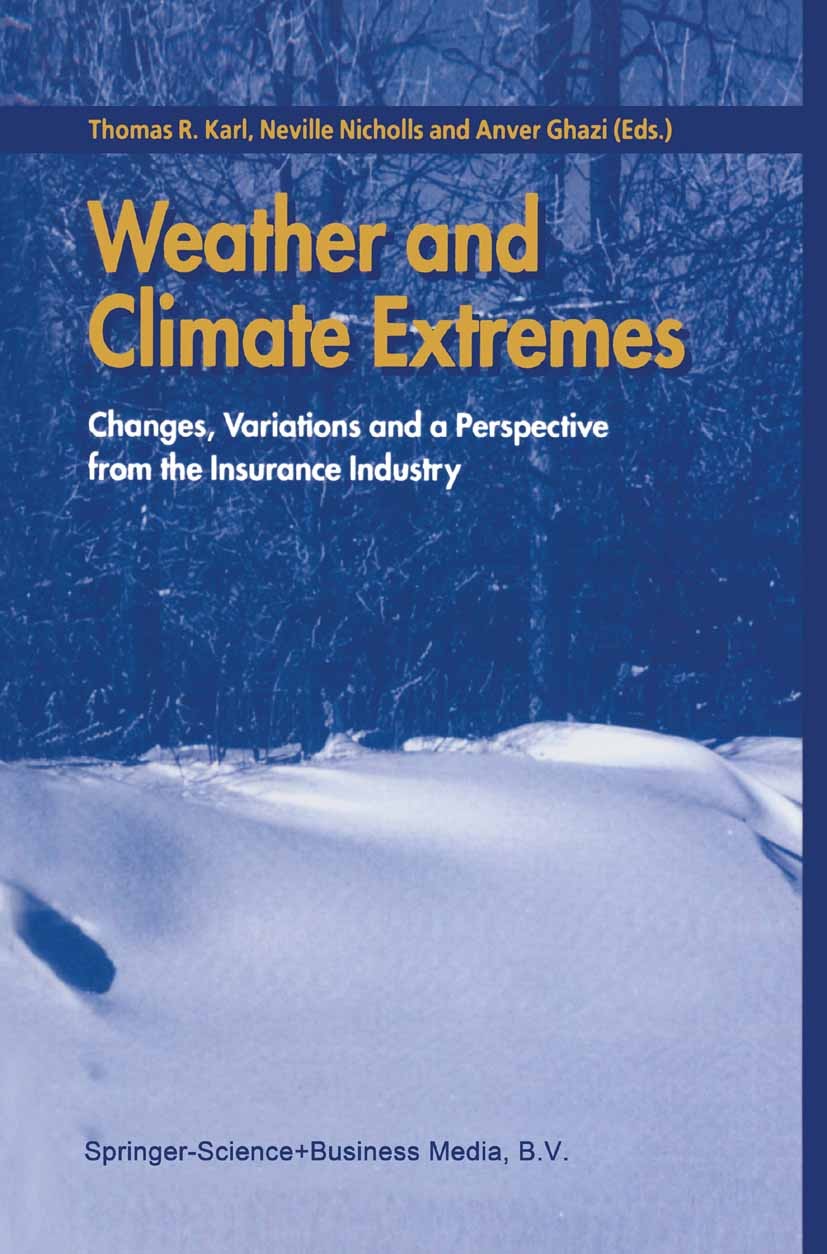Subsurface marine heat waves and coral bleaching in the southern red sea linked to remote forcing
IF 6.9
1区 地球科学
Q1 METEOROLOGY & ATMOSPHERIC SCIENCES
引用次数: 0
Abstract
Research on marine heat waves (MHWs) in the Red Sea has focused on the surface signatures of these extreme warm events, such as the sea surface temperature (SST). This focus may potentially neglect the detrimental effects of subsurface MHWs. The unprecedented coral bleaching event observed in the southern Red Sea in 2015, despite less intense SSTs than in the MHW in 2002, highlights this oversight. A high-resolution regional reanalysis of the Red Sea reveals that 2015 and 2002 were characterized by subsurface heat content anomalies of opposite signs at depths up to 100 m, with positive anomalies in 2015 and negative anomalies in 2002. A heat budget analysis suggests that the primary heat source is advection from the southern boundary connecting with the Gulf of Aden (GoA). The advection of negative temperature anomalies from the GoA contributed to decreased subsurface heat in 2002, and the advection of positive temperature anomalies from the GoA contributed to increased subsurface heat in 2015. The total increase in the subsurface heat observed in 2015 is linked to the reduction in Red Sea surface water (RSSW) and GoA intermediate water (GAIW). The higher sea surface height (SSH) and deeper 25 isopycnal in GoA during 2015 resulted in horizontal pressure differences between the southern Red Sea and GoA, corresponding to the reduced flow of RSSW and GAIW that year. The primary factor contributing to the elevated SSH and deeper 25 isopycnal is the presence of an anticyclonic eddy (Somali current ring) along the western shores of the GoA. The probable cause for the stronger anticyclonic eddy in 2015 compared to 2002 is the decreased intensity of the westward-propagating upwelling Rossby waves that originated from as far away as the Arabian Sea and the western coasts of India.
南红海的海底热浪和珊瑚白化与远程强迫有关
对红海海洋热浪(MHWs)的研究主要集中在这些极端温暖事件的表面特征,如海表温度(SST)。这种关注可能会忽视地下mhw的有害影响。2015年在红海南部观测到前所未有的珊瑚白化事件,尽管海温强度低于2002年的MHW,但这凸显了这种疏忽。对红海进行的高分辨率区域再分析表明,2015年和2002年在深度达100 m处表现为相反符号的地下热含量异常,2015年为正异常,2002年为负异常。热收支分析表明,主要热源为连接亚丁湾的南边界平流。2002年,来自果阿地区的负温异常平流导致地下热量减少,2015年,来自果阿地区的正温异常平流导致地下热量增加。2015年观测到的总地下热量增加与红海地表水(RSSW)和果阿中间水(GAIW)的减少有关。2015年,果阿地区海面高度升高,25σ等压线变深,导致南红海与果阿地区的水平气压差异,对应当年RSSW和GAIW的流量减少。在果阿西部海岸存在反气旋涡旋(索马里流环)是造成海面高度升高和25σ等压线加深的主要因素。与2002年相比,2015年反气旋涡旋更强的可能原因是,远至阿拉伯海和印度西海岸的向西传播的上升罗斯比波强度降低。
本文章由计算机程序翻译,如有差异,请以英文原文为准。
求助全文
约1分钟内获得全文
求助全文
来源期刊

Weather and Climate Extremes
Earth and Planetary Sciences-Atmospheric Science
CiteScore
11.00
自引率
7.50%
发文量
102
审稿时长
33 weeks
期刊介绍:
Weather and Climate Extremes
Target Audience:
Academics
Decision makers
International development agencies
Non-governmental organizations (NGOs)
Civil society
Focus Areas:
Research in weather and climate extremes
Monitoring and early warning systems
Assessment of vulnerability and impacts
Developing and implementing intervention policies
Effective risk management and adaptation practices
Engagement of local communities in adopting coping strategies
Information and communication strategies tailored to local and regional needs and circumstances
 求助内容:
求助内容: 应助结果提醒方式:
应助结果提醒方式:


